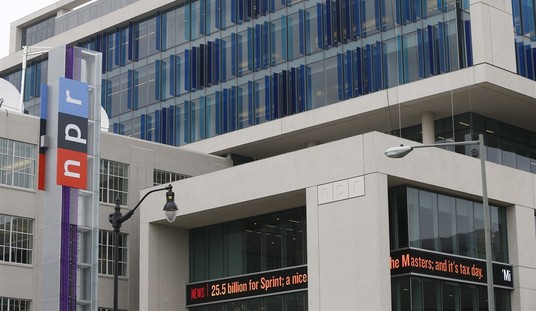While Congress is busy trying to figure out how it’s going to continue screwing up the U.S. Postal Service, postal expert Michael Schuler has been busy analyzing the reasons why it’s so screwed up to begin with. Last week, Michael released a paper on congressional micromanagement of the USPS. A new paper looks at the complicated and controversial topic of postal retiree health benefits.
A common claim made by the postal unions and other defenders of the unsustainable status quo is that the USPS would be a-okay if a 2006 law hadn’t required the postal service to start setting aside money for future retiree health benefits. Here’s the background from Michael:
Before enactment of the Postal Accountability and Enhancement Act of 2006 (PAEA, P.L. 109-435), the U.S. Postal Service had been promising generous retirement health benefits to its workers without setting aside any money to pay the costs it would owe in future years. Because the Service was ignoring a very expensive fringe benefit in its income statement, its reported costs were artificially low and its reported income artificially high. The unfunded retiree health care obligation had mushroomed to $74.8 billion by September 30, 2006.
The 2006 law addressed the unfunded liability by requiring the USPS to annually set-aside an average of $5.6 billion from 2007 to 2016. However, USPS revenues began plummeting shortly after the PAEA’s enactment. The annual “prefunding” payments have been exacerbating the USPS’s financial woes. Naturally, postal management and the unions would like Congress to make the payments disappear. The problem is, eliminating the payments won’t put the USPS in the black, and it would merely set the stage for a major taxpayer bailout down the road. As Michael explains, moving to pay-as-you-go financing for retiree health benefits is a bad idea:
Recommended
First, prefunding is always more transparent than pay-as-you-go. Prefunding shows the costs of commitments when they are made instead of ignoring the costs until years later. Second, pay-as-you-go with regard to deferred postal compensation is unfair because it transfers costs incurred for today’s mail service to future mail users or taxpayers. Third, pay-as-you-go is extremely risky for an organization like the Postal Service where the future obligations are huge while income is stagnating or declining. (It would not be dangerous if future obligations were small or if income were growing rapidly enough to easily pay future bills.) Fourth, a sometimes overlooked hazard of the pay-as-you-go method is that costs can appear deceptively low for many years and then suddenly climb as more workers retire and as retirees, with increasing age, need more medical care. In that vein, OPM estimated that if retiree health care financing had reverted to pay-as-you-go in 2010, the Postal Service’s pay-as-you-go expense would have been only $2.3 billion in 2010 but almost tripled to $6.4 billion by 2020. If PAEA had not moved toward prefunding, insolvency and the need for a massive taxpayer bailout would be virtually inevitable for USPS, although that might not have become clear to the public for several more years because of pay-as-you-go’s lack of transparency.
Michael says that the prefunding payment schedule should be stretched out given the USPS’s financial woes. However, the extended schedule should come with reforms that would “lower the extraordinary cost of USPS’s health care fringe benefit.” I think a common sense reform would be to eliminate retiree health care benefits for new employees. As I noted in an essay on the U.S. Postal Service, the health benefit is something that a decreasing number of private sector workers receive:
Opponents of pre-funding USPS retiree health benefits argue that private companies and the rest of the federal government are not legally required to do so. That is largely irrelevant. Retiree health care coverage is an increasingly rare perk in the private sector, and the federal government’s financial management is nothing to emulate. In 2008, only 17 percent of private sector workers were employed at a business that offered health benefits to Medicare-eligible retirees, down from 28 percent in 1997.

























Join the conversation as a VIP Member